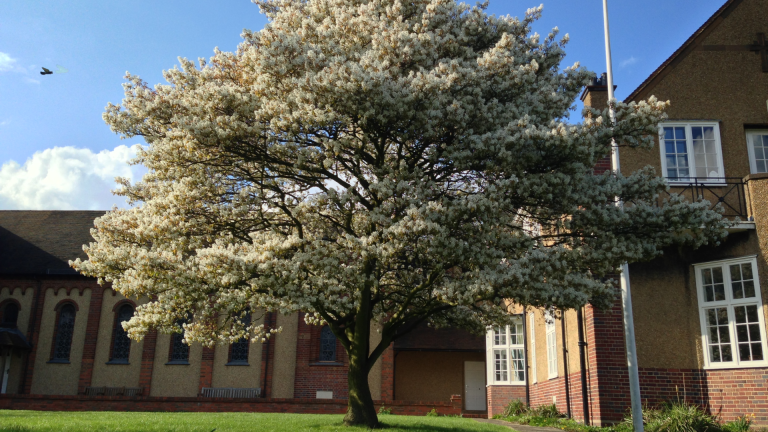The Juneberry tree stands out for what it offers through each season. In spring, it grows bright white flowers. In early summer, it produces small, sweet berries that are safe to eat.
By fall, its leaves turn deep shades of red and orange. This tree offers something to see, taste, and enjoy almost all year round.
Many people grow the Juneberry tree in their yards or gardens. It requires minimal space and grows well in various types of soil. Birds love the berries too, making it a good tree for anyone who wants to bring nature closer.
In this post, I’ll walk you through everything you need to know about the Juneberry tree—what it is, how it grows, and why it’s worth planting. We’ll go over the different types, how to plant one in your yard, and how to take care of it through the seasons. I’ll also share tips on when to pick the berries and a few simple ways to enjoy them at home.
What Is a Juneberry Tree?
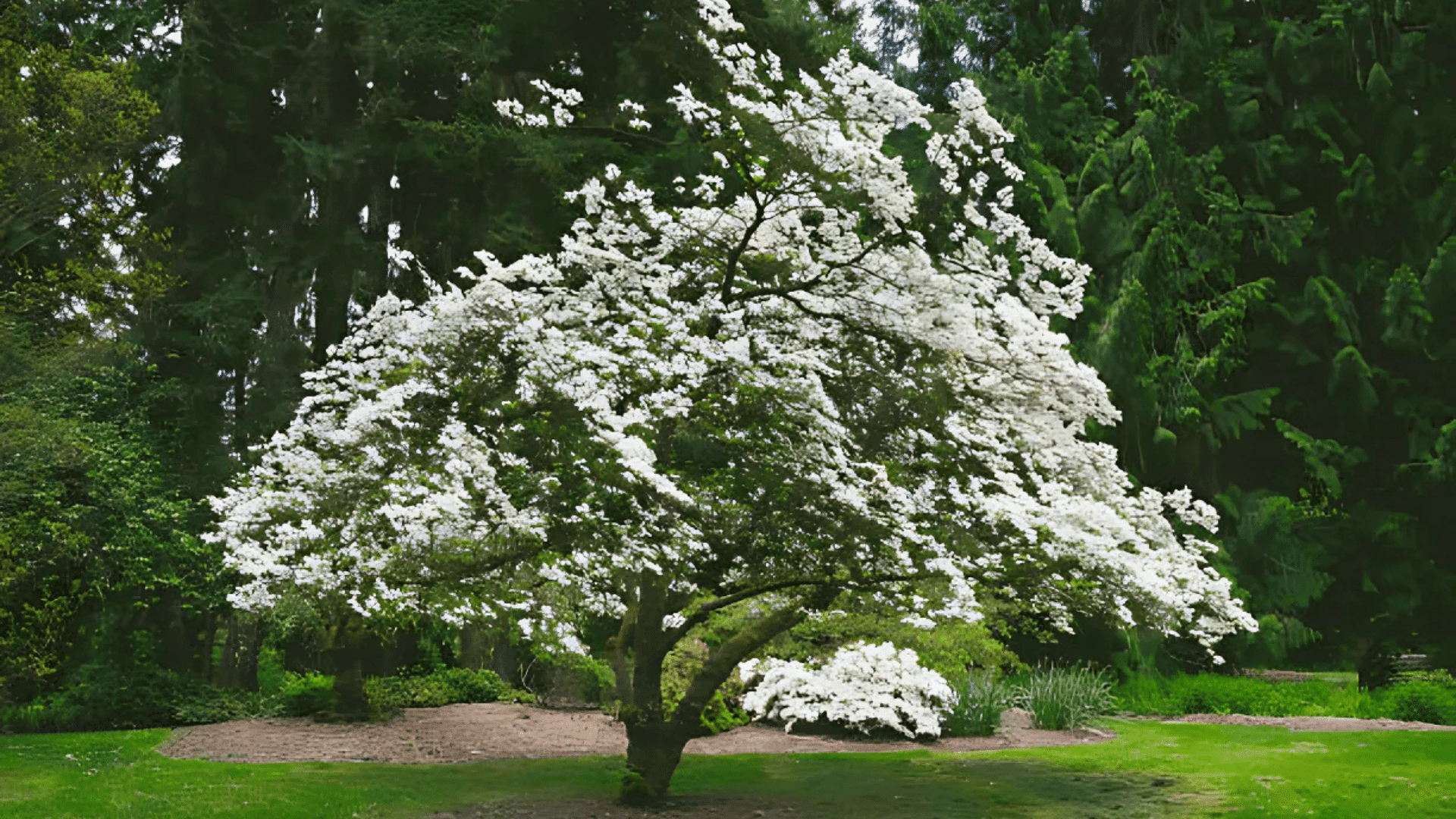
The Juneberry tree is a small tree or a large shrub. Its scientific name is Amelanchier, and it grows in many parts of North America. You may also hear it referred to as serviceberry, shadbush, or wild plum.
Most Juneberry trees grow between 15 to 25 feet tall. They have a rounded shape with thin branches and smooth gray bark. Some types grow wider than others, but all stay small enough for home yards.
This tree changes through the seasons. In spring, it blooms with white flowers. By early summer, it grows dark purple berries that people and birds can eat. In fall, the leaves turn orange, red, or yellow.
Juneberries thrive best in areas with cool or cold winters. They are found across Canada and much of the United States. They can grow in forests, along streams, or in open fields.
Types of Juneberry Trees You Can Grow
This tree comes in various types, and each one grows slightly differently. Some are better for picking fruit, while others look nice in a garden. The type you choose depends on what you want from the tree.
1. Canadian Serviceberry (Amelanchier canadensis)
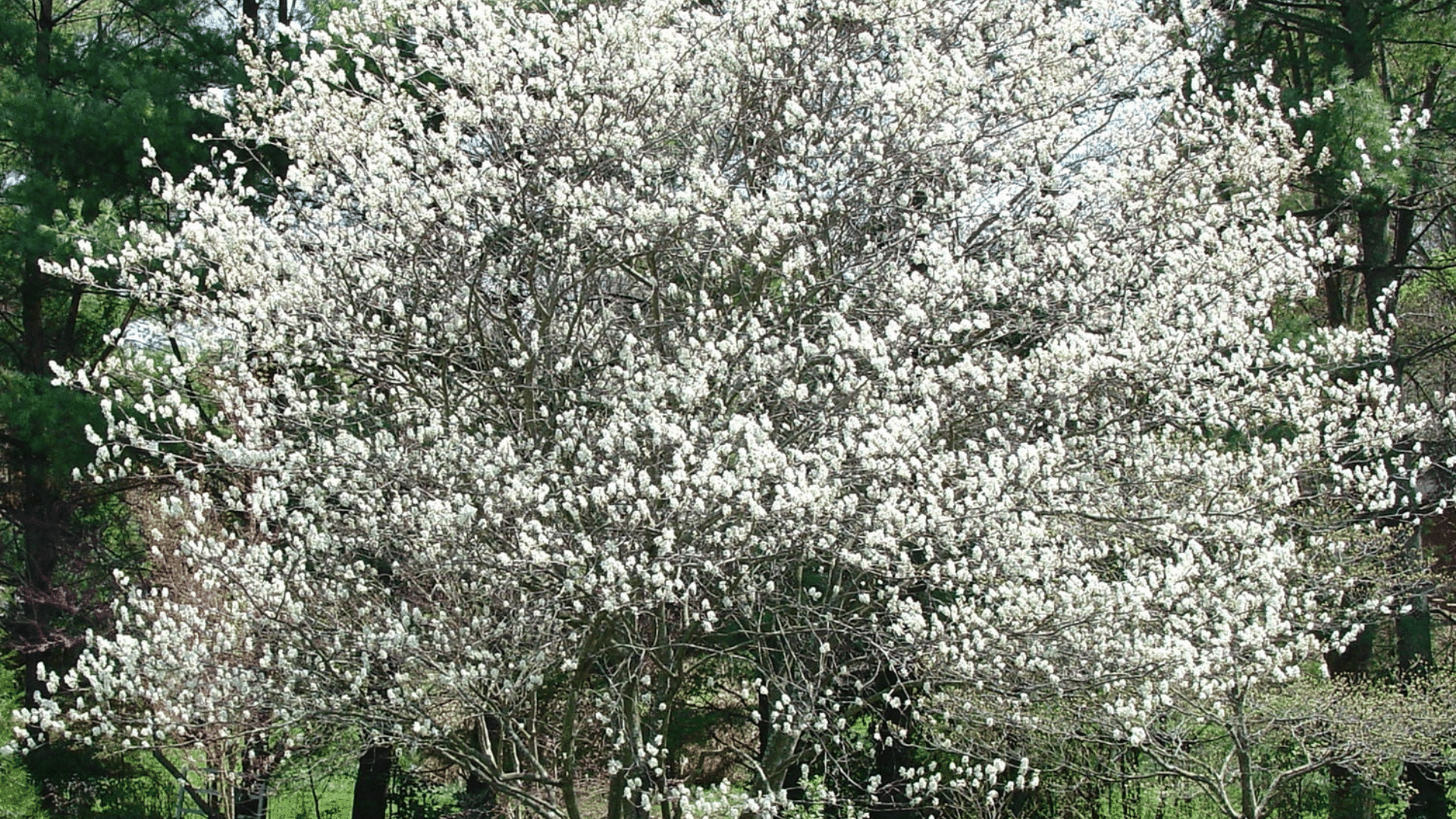
This type is one of the most common. It grows tall and has many thin trunks. The white flowers bloom early in spring before the leaves come in.
It can grow up to 20 feet tall but stays narrow. This makes it a good choice for small yards or as a border tree. It grows well in wet soil, which helps it stay healthy.
The fruit is small but tasty. Birds love it, so you may need to pick it up quickly. People grow this type for both its look and its berries.
2. Saskatoon Berry (Amelanchier alnifolia)
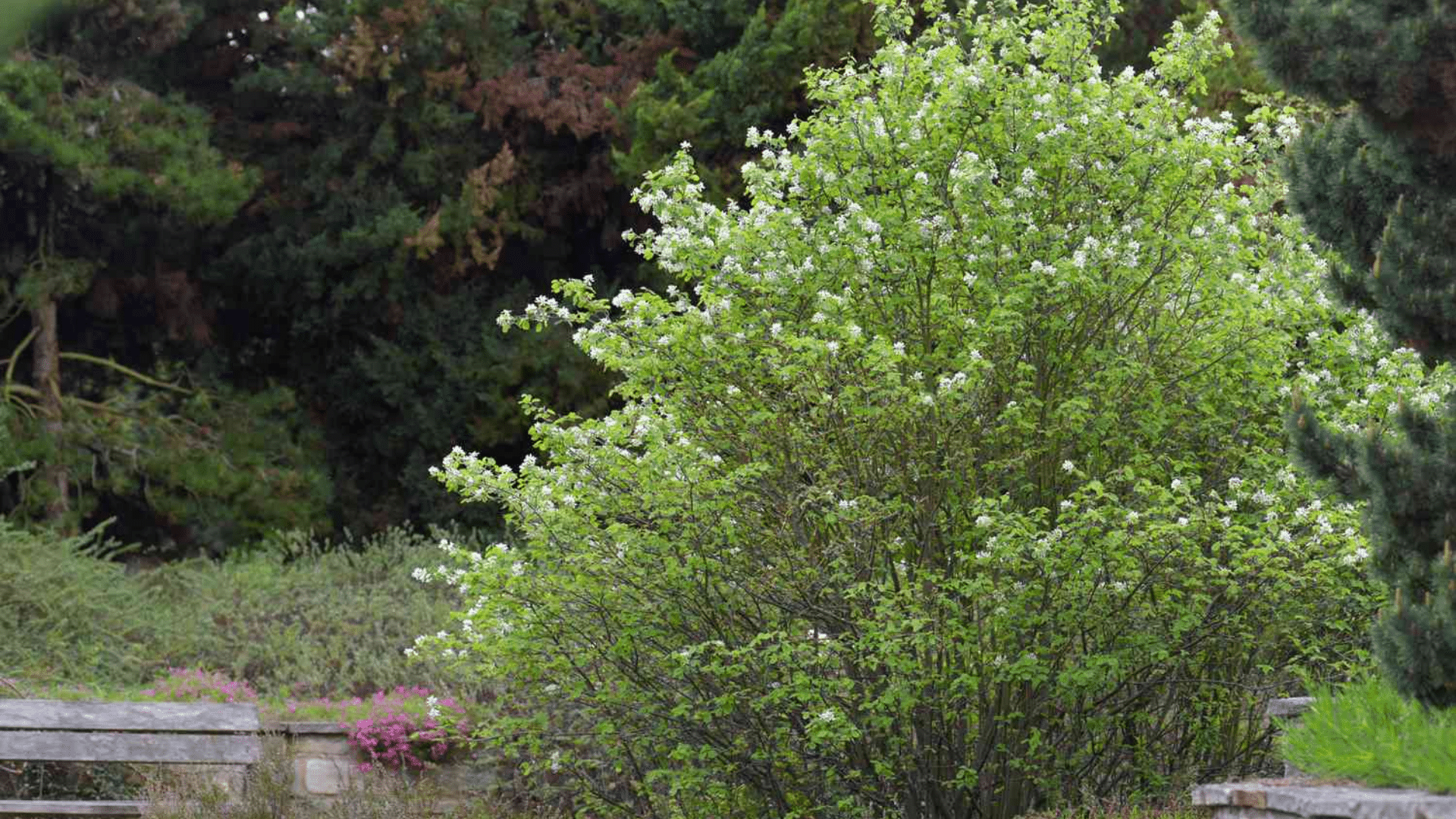
This kind is known for its sweet fruit. The berries are a little larger and more flavorful than other types. Many people grow this one for food.
It grows like a bush and stays shorter than the others. Most plants reach a height of around 12 to 15 feet. This makes it a good pick for backyard gardens.
Saskatoon berries can be used in pies, jams, and baked goods. It also grows well in dry soil and colder places. That’s why it’s common in the western parts of North America.
3. Allegheny Serviceberry (Amelanchier laevis)
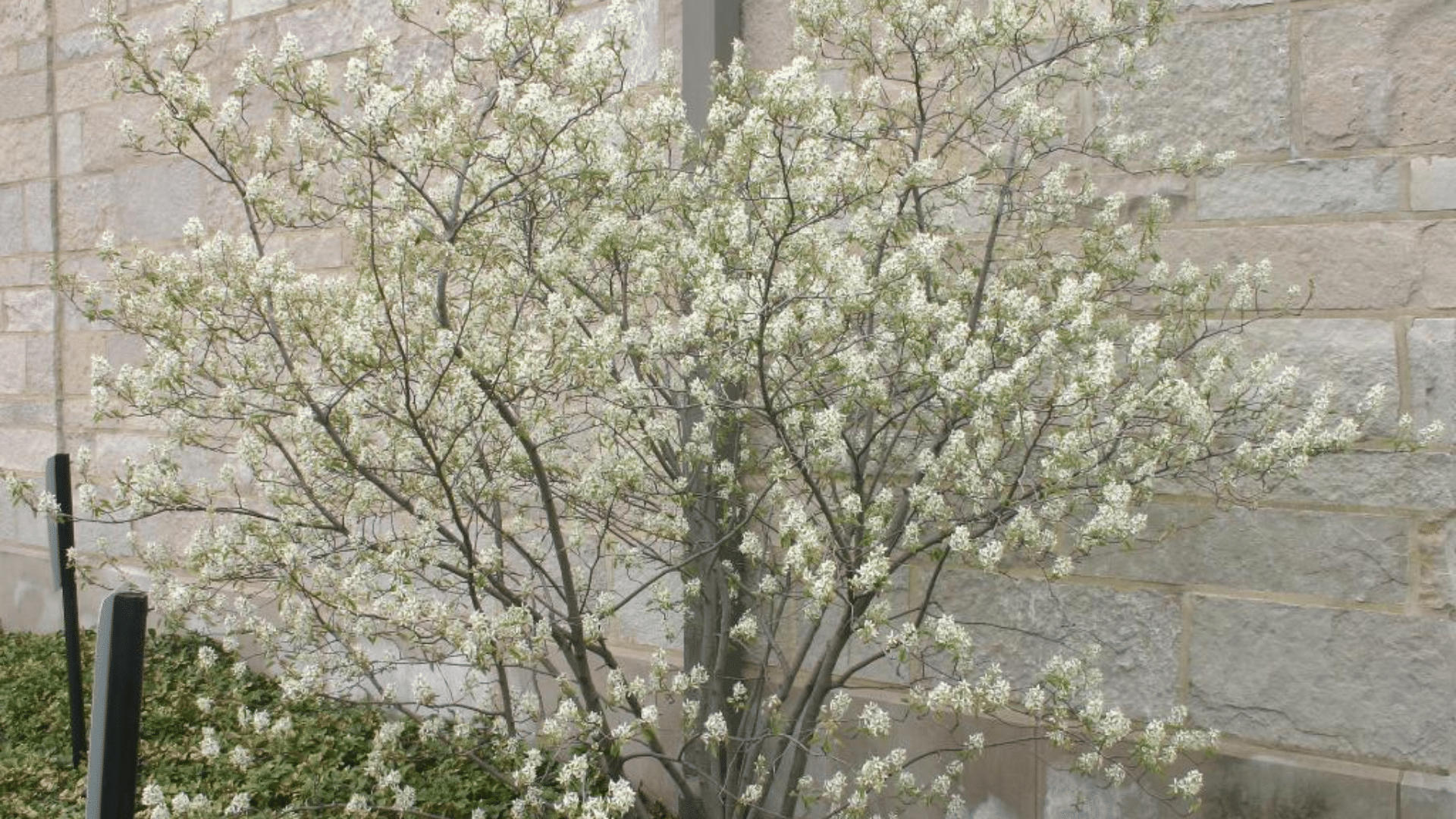
This type has smooth leaves and soft, white flowers. It blooms early and gives off a gentle look. The berries ripen quickly and turn a deep purple.
It grows as a small tree, reaching approximately 20 to 25 feet in height. It has a single trunk and a rounded top. The bark is gray and thin.
The fruit is sweet and attracts birds. People like this type because it grows fast and looks good in yards. It’s often used in landscape designs.
4. European Hybrid (Amelanchier lamarckii)
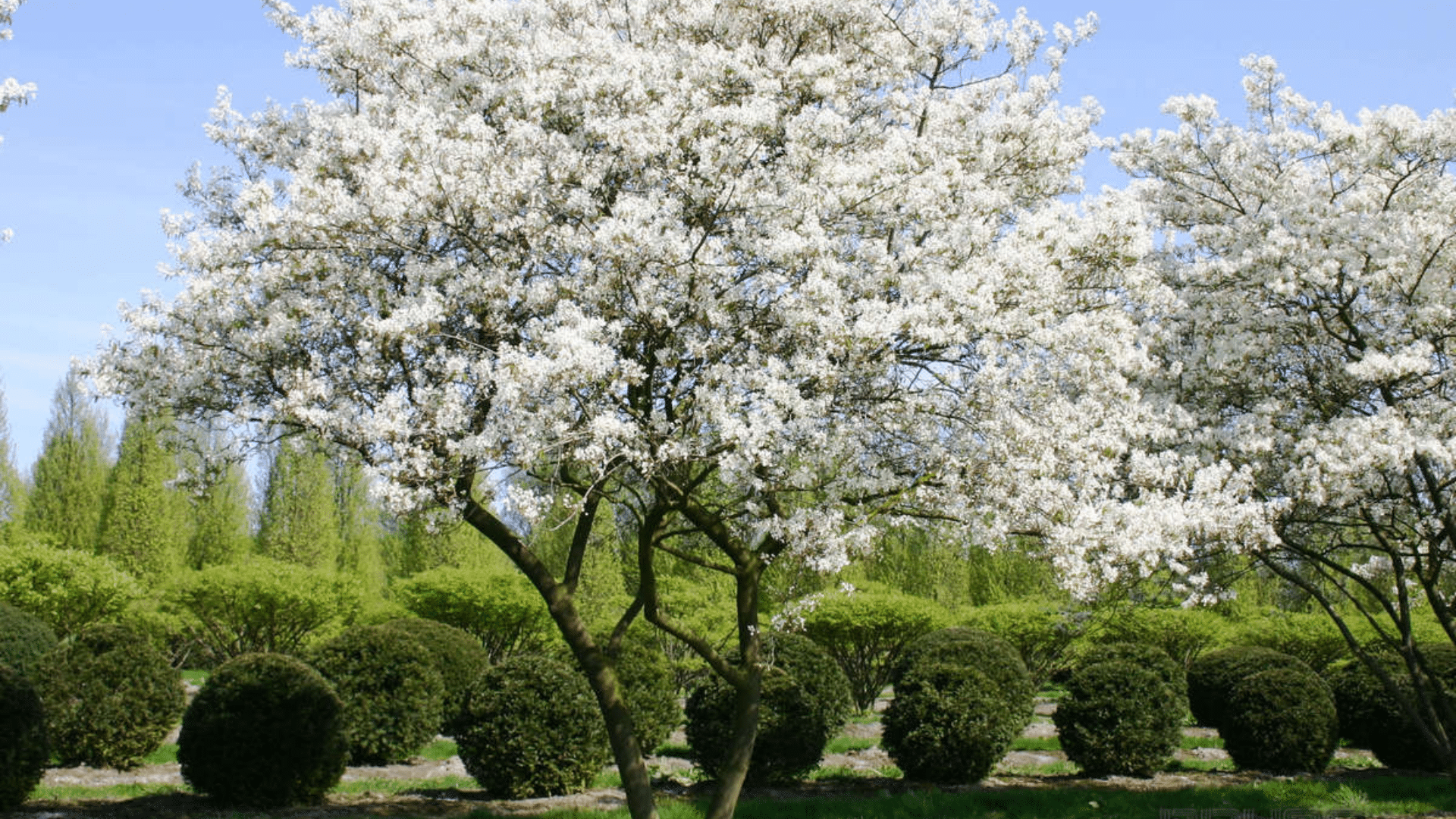
This tree did not grow naturally in North America. It originated in Europe but is now widely planted in many U.S. gardens. It is liked for its flowers and fall leaves.
It grows to a height of 15 to 25 feet and spreads out wide. The flowers are bright white, and the leaves turn red and orange in the fall. It works well in open garden spaces.
While the fruit is safe to eat, this type is often selected for its appearance. It still feeds birds and adds color to your space. It’s ideal for individuals who prefer a blend of beauty and fruit.
Juneberries: Edibility, Flavor, Benefits, and Safety
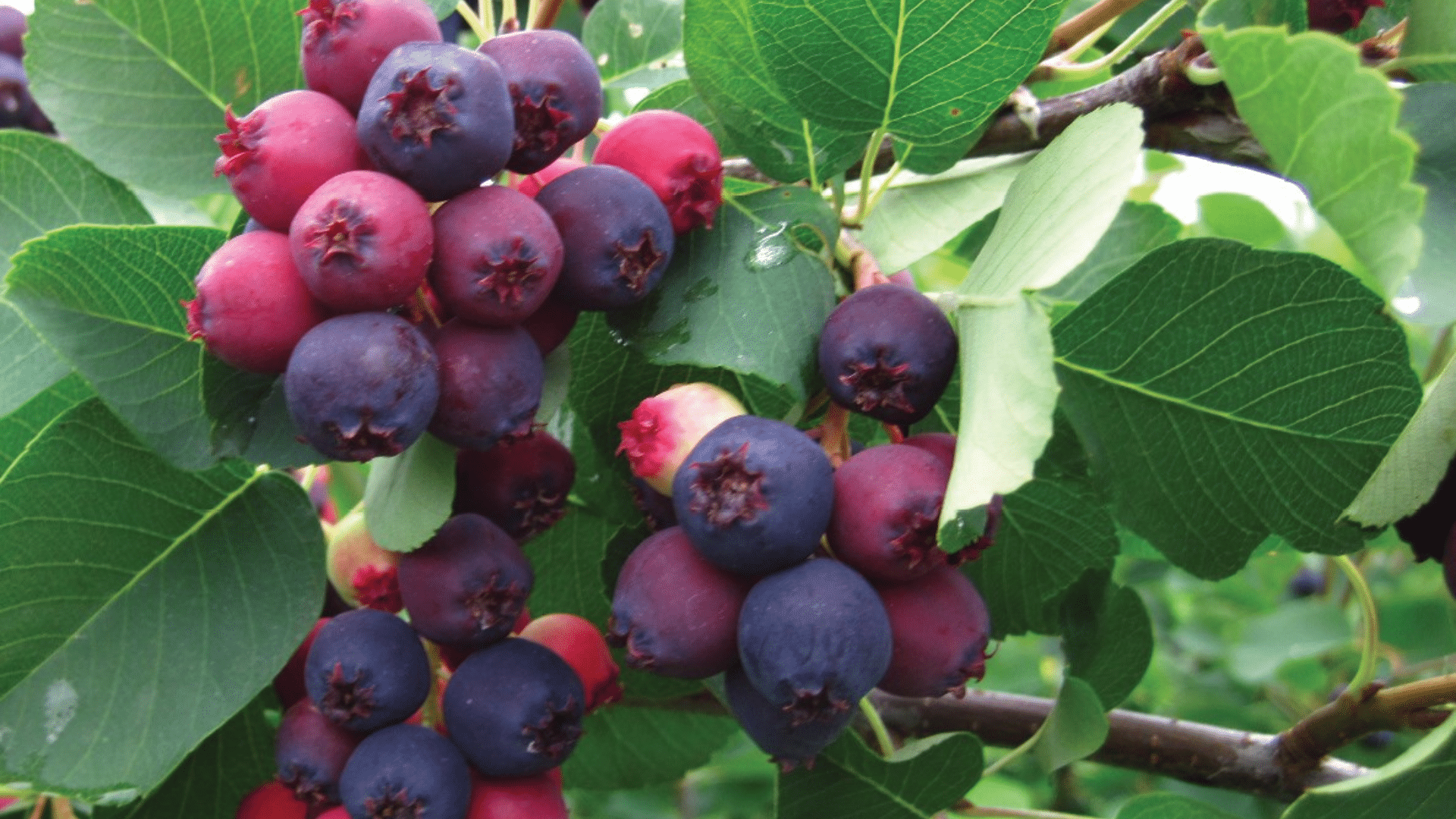
Juneberries are safe to eat and enjoyed by many people. The berries are soft and dark purple when ripe. Their taste is sweet, like a blueberry, but with a mild nutty flavor.
These berries are good for you. They contain antioxidants, which help the body maintain its health. They also provide fiber and vitamins, such as vitamin C.
Juneberries are safe for kids and adults. Most pets can eat a few without problems, but it’s always best to ask a vet. Birds and animals in the wild also eat them, which makes the tree helpful for nature.
How to Grow and Care for a Juneberry Tree Successfully?
The best time to plant a Juneberry tree is in early spring or fall. These seasons are cooler, which helps the roots settle. Avoid planting in very hot or dry weather.
Juneberries grow best in sunny spots but can also handle some shade. They prefer soil that drains well but remains slightly moist. Ensure there is sufficient space between trees to prevent them from crowding each other. Water the tree often during its first year. After that, it only needs water during dry times.
You can grow a Juneberry tree in a small yard. Some types also work well in large pots if the roots have sufficient space. Just make sure the pot drains well and doesn’t dry out too fast.
Tips for Caring for a Juneberry Tree
- Trim branches in late winter to keep the tree’s shape.
- Cut off dead, broken, or crossing limbs to allow more light inside.
- Use mulch around the base to keep the soil moist and block weeds.
- Don’t pile mulch too close to the trunk—leave some space.
- Water during dry weeks, especially in summer.
- Rake fallen leaves and clean around the base each fall.
- Watch for signs of stress, like yellow leaves or dry tips.
By keeping up with these small tasks, your tree will stay healthy. These habits help the tree grow better, look nicer, and give more fruit over time.
Pests and Diseases That Can Affect Juneberry Trees
Juneberry trees are resilient, but they can still become susceptible to disease or infestation by pests. Knowing what to look for helps you act early and protect your tree.
- Fire blight causes branches to appear burned and wilted. Cut off infected parts right away.
- Leaf spot causes dark spots on leaves. Clean up fallen leaves to help stop it.
- Rust shows up as orange or red bumps. It spreads from nearby plants, so give trees space.
- Aphids are tiny bugs that suck juice from leaves. Spray with water or use insecticidal soap.
- Borers drill into trunks and branches. Keep your tree healthy to avoid attacks.
- Leaf miners leave clear trails on leaves. Remove badly damaged leaves if needed.
Regular checks help you catch problems early. If you keep your tree clean, watered, and trimmed, it’s less likely to get sick or damaged by bugs.
When and How To Harvest Juneberries?
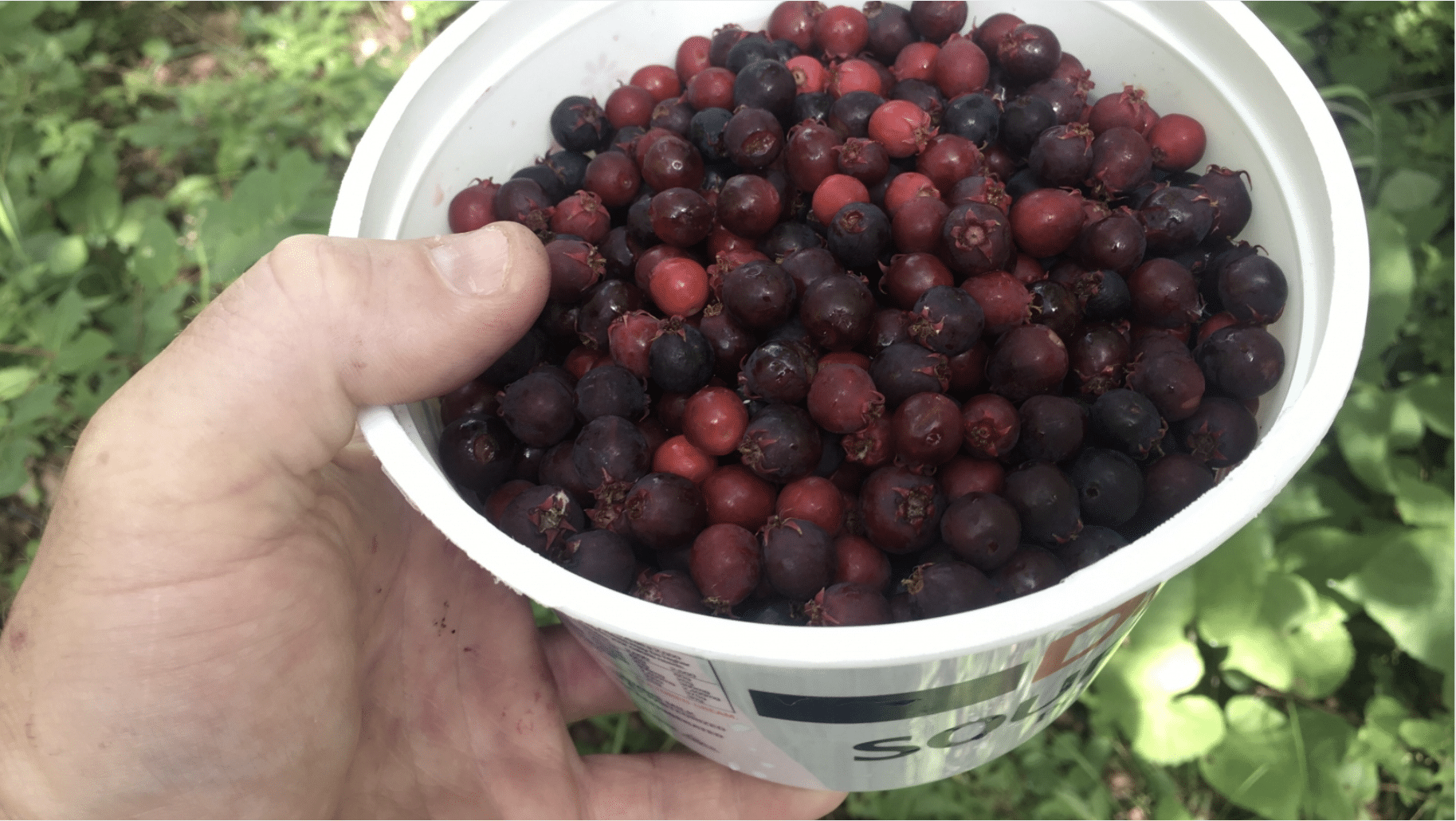
Juneberries are usually ready to pick in early to mid-summer. The exact time depends on your location and the type of tree. Most berries ripen in June, which is how the tree got its name.
Ripe berries are dark purple or almost black. They feel soft and come off the stem easily. If the berries are red or hard, they need more time.
Use your hands to gently pull the berries off. Be careful not to pull too hard or break the branches. You can use a small basket or bowl to collect them.
After picking, keep the berries cool. They last a few days in the fridge. You can also freeze them in a single layer, then store them in bags for later use. Frozen berries last for months and still taste good in pies or jam.
Landscaping Benefits of the Juneberry Tree
The Juneberry tree is a great choice for yards, parks, or garden spaces. It adds beauty and helps the local nature. People plant it for how it looks and what it gives back.
- Spring flowers: White blooms cover the tree, brightening the early spring landscape.
- Summer berries: The fruit feeds birds and brings color to the branches.
- Fall leaves: Bright red and orange leaves give a strong seasonal look.
- Winter shape: Even without leaves, the smooth bark and shape stand out.
- Native plant use: Supports pollinators, such as bees, and helps maintain the local ecosystem.
- Fits many styles: Looks good in both simple and more designed yards.
The Juneberry tree does more than grow berries. It enhances your space while also benefiting the environment.
Delicious Things to Make with Juneberries
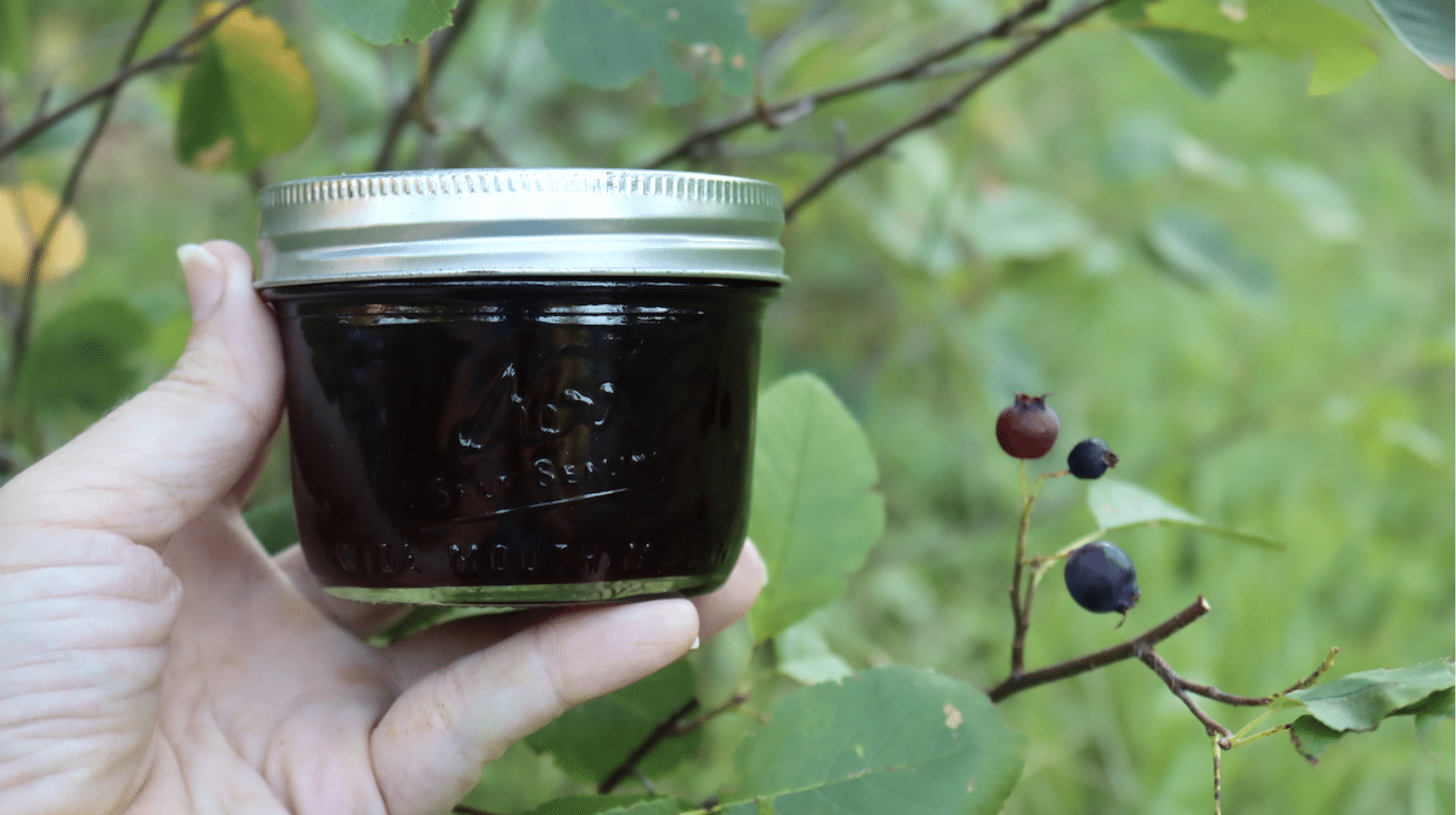
Juneberries are easy to use in the kitchen. They taste sweet and soft, like blueberries with a small nutty flavor. You can eat them fresh or mix them into recipes.
- Pies and tarts: Baked into crusts for a sweet summer treat.
- Muffins and bread: Stir into batter just like you would with other berries.
- Jam or jelly: Cook down with sugar to spread on toast or biscuits.
- Smoothies: Blend with milk, yogurt, or bananas for a cold drink.
- Wine or syrup: Berries can be used to make drinks or toppings.
- Savory dishes: Add to salads or serve with meat for a delightful mix of sweet and salty flavors.
These berries are soft, easy to cook with, and can be incorporated into many types of food. They also freeze well, allowing you to enjoy them for a long time after harvest.
How to Propagate Juneberries?
You can grow new Juneberry trees in more than one way. Each method has steps to follow, and some take more time than others. Choose the one that fits your space and tools.
To grow from seed, clean the fruit and remove the seeds. Let them dry, then store them in a cool place for a few months. This cold time helps them sprout in spring.
You can also use cuttings, suckers, or layering. Cuttings are taken from soft stems and placed in moist soil. Suckers grow near the base and can be dug up. Layering means bending a branch to the ground and covering part of it with soil.
When transplanting a young plant, dig a wide hole and keep the roots moist. Plant it in a spot with sun and good soil. Water it well, and it should begin to grow in its new place.
Conclusion
The June berry tree is a simple tree that offers a lot. It produces flowers, fruit, and vibrant leaves, all while remaining easy to care for. It provides beauty and sustenance without requiring excessive time or effort. That makes it a smart choice for home gardens.
In this post, I shared what the Juneberry tree looks like and where it grows best. You learned about the kinds you can plant, how to take care of the tree, and how to solve common problems. I also covered when to pick the berries and a few fun ideas for using them in your favorite recipes.
This tree is useful and enjoyable for many reasons. It can grow in small spaces, feeds local wildlife, and gives you fruit for baking, snacking, or making jam. If you want a tree that gives something back, the Juneberry tree is a good pick.
It’s a tree worth planting, growing, and keeping.


